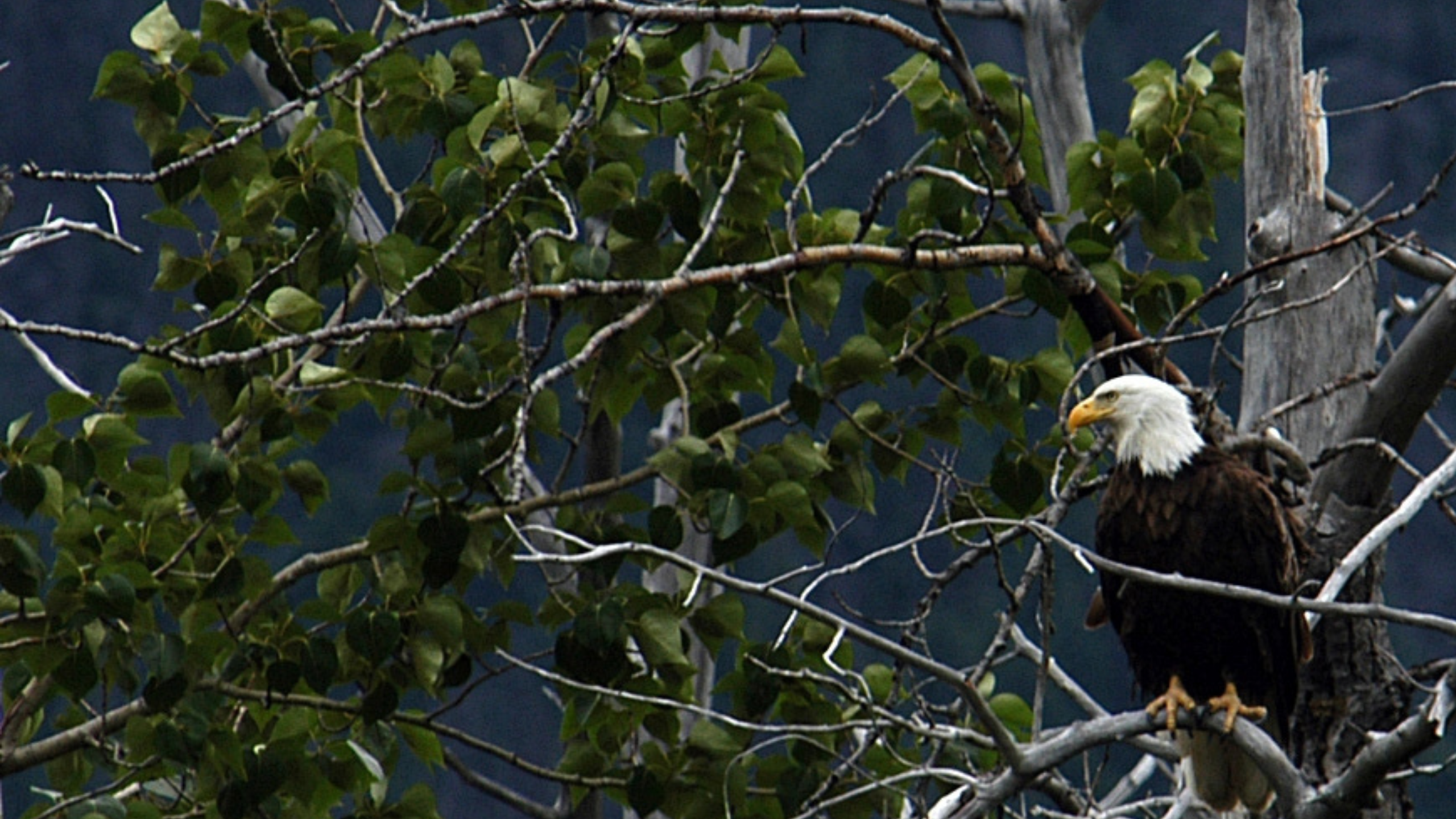Posted: April 23, 2023 by Discover Our Parks
Our Wildlife of the Week – 2023 Week 17…
Meet the “Bald Eagle”!
(Haliaeetus leucocephalus)
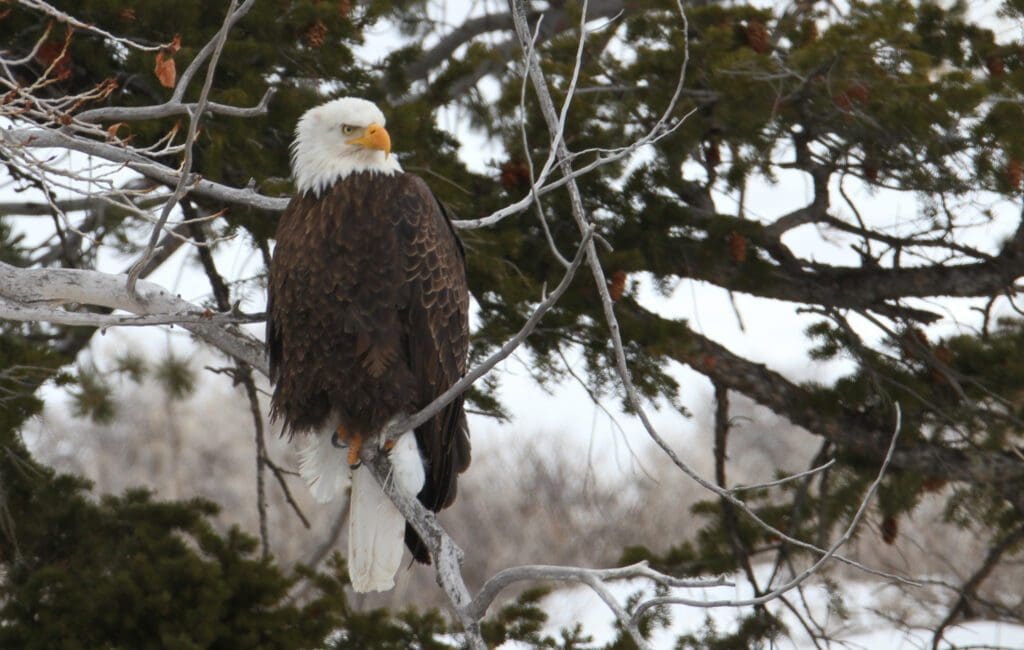
Table of Contents
Bald Eagle Physical Description
Adult Bald Eagles are extremely large birds with characteristically yellow eyes and bills, white heads and tails and dark brown bodies, which may appear almost black. Although these birds obtain their adult plumage during their 5th year, they may continue to have a few dark spots on their head and tail for several additional years. They have sexually monomorphic plumage coloration, although females generally have a somewhat larger body size.1
These birds have extremely large, powerful bodies; generally their plank-like wings have a span of 70 to 90 inches (178 to 229 cm), their bodies are 31 to 37 inches (79 to 94 cm) long and they weigh about 9.5 lbs (4.3 kg). Their plumage alone weighs about 1.5 lbs (700 grams), which is twice as much as their skeleton, if lost; their flight feathers may take 2 to 3 years to replace. These birds also have large heads, necks, bills and feet with sharp talons.1
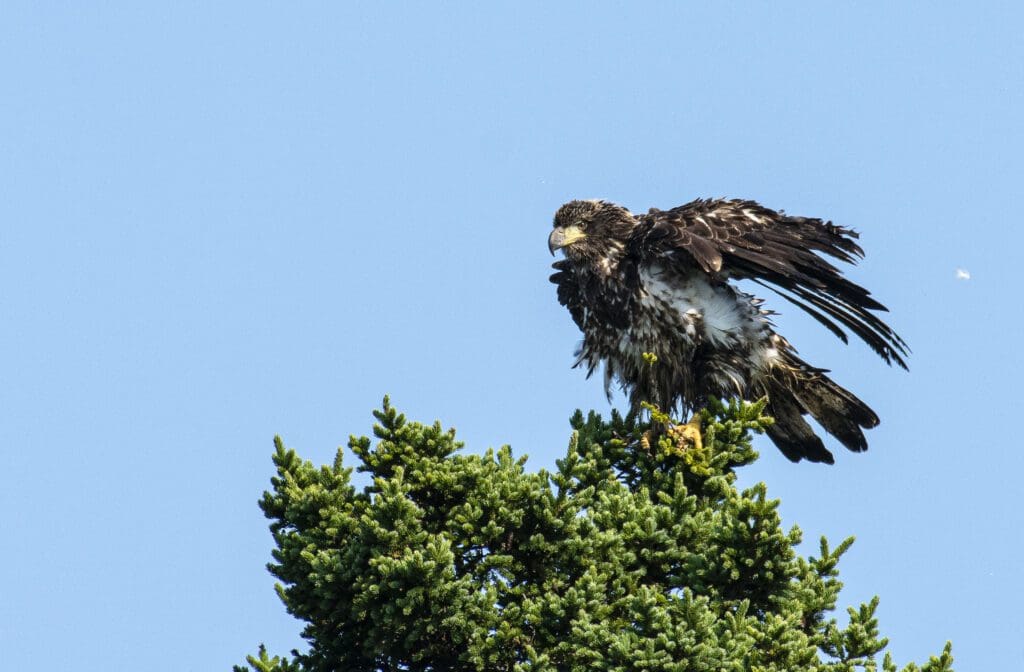
The Bald Eagle goes through 4 distinct maturation stages, each comprising one year of their life. Immediately after hatching, They have dark eyes, with pink legs and skin and flesh colored talons, their skin darkens to a bluish hue and their legs become yellow within the first 18 to 22 days of their life. Throughout their first year, their bodies, eyes and beaks are dark brown, although their underwing coverts and axillaries are white. In their 2nd year, their eyes lighten, becoming grayish-brown, they develop a light colored superciliary line and their body becomes mottled white.1
During their 3rd year, their bills and eyes begin to turn yellow and the coloration of their head feathers lighten, although their body remains mottled. In their 4th year, their body becomes mostly dark and their head and tail become mostly white, with some beige around their eyes and crown and isolated dark spots on their tail. Finally, mature coloration is reached in their 5th year.1
SPONSORED ADVERTISEMENT
Bald Eagles In Action
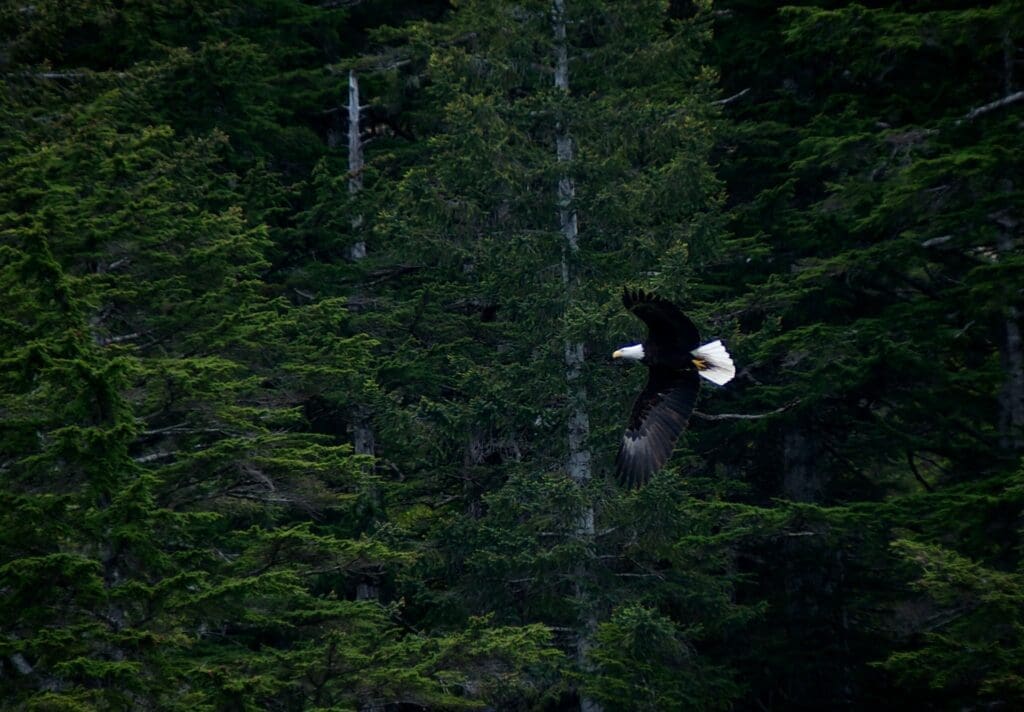
Bald Eagles are often solitary, although they pair bond during the nesting season. However, groups of Bald Eagles may be seen in areas with ample prey and they may roost communally in large groups of up to 400 individuals. Their wings are powerful, although they often choose to soar using slow, heavy wing beats, which allow them to travel far distances.1
When walking, Bald Eagles are somewhat awkward, rocking their bodies as they move. A general time budget among Bald Eagles includes 91% of the time resting, 2.6% drinking, 2.3% scavenging and 1.8% pirating food from others. Generally, these birds are less active during the winter, or when winds are especially high, likewise, precipitation has a negative impact on their foraging success. During the breeding season, Bald Eagles become territorial; vocalizing or chasing conspecifics.1
SPONSORED ADVERTISEMENT
Where to Spot Bald Eagles
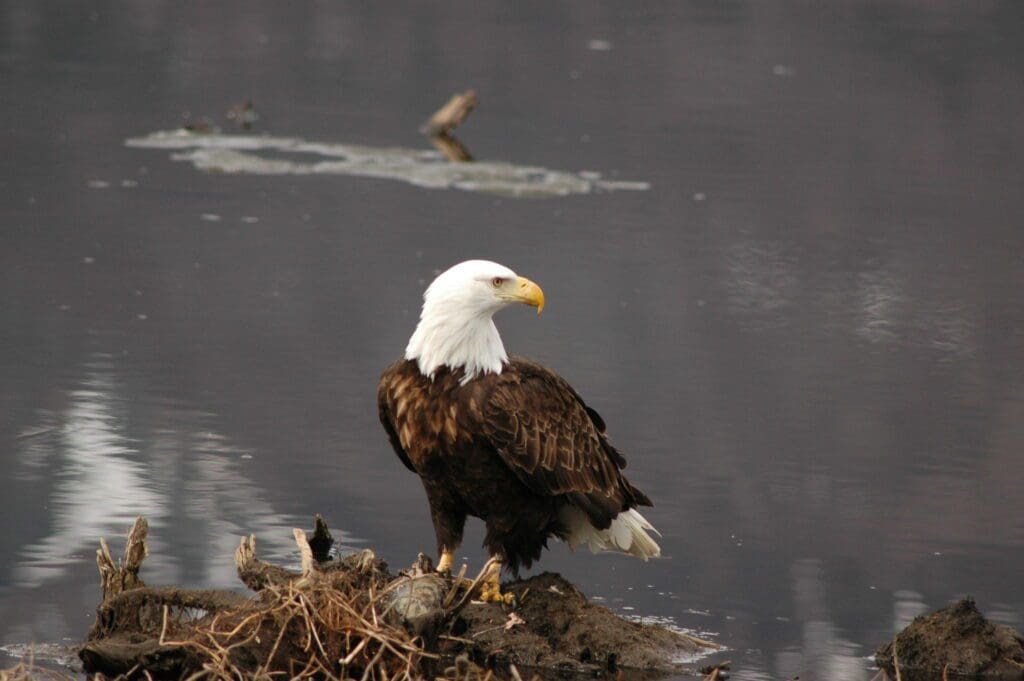
Bald Eagles are found throughout North America and are native to Canada, the United States, portions of Mexico and several islands including Saint Pierre and Miquelon. Populations are especially concentrated in Florida, Alaska, the Pacific Northwest and near some rivers and lakes in the Midwest. Bald Eagles typically prefer areas near large water bodies such as sea coasts, coastal estuaries and inland lakes and rivers, in many areas, these birds are found within 3 km of a water source.1
Although their specific habitats may vary depending on their range, habitat selection depends largely on prey availability, the availability of tall trees and the degree of human disturbance. These birds avoid human recreation areas, Bald Eagles will even forgo feeding if their foraging area is being disturbed by humans. Although food availability is important to habitat selection, they will inhabit areas further from foraging grounds to avoid human interaction.1
The Bald Eagle can be found in over 52 National Parks and many other National Park Service sites.2 Including:
- Acadia National Park
- Arches National Park
- Badlands National Park
- Big Bend National Park
- Biscayne National Park
- Black Canyon of the Gunnison National Park
- Bryce Canyon National Park
- Canyonlands National Park
- Capitol Reef National Park
- Carlsbad Caverns National Park
- Congaree National Park
- Crater Lake National Park
- Cuyahoga Valley National Park
- Death Valley National Park
- Denali National Park & Preserve
- Everglades National Park
- Gates Of The Arctic National Park & Preserve
- Glacier Bay National Park & Preserve
- Glacier National Park
- Grand Canyon National Park
- Grand Teton National Park
- Great Basin National Park
- Great Sand Dunes National Park and Preserve
- Great Smoky Mountains National Park
- Guadalupe Mountains National Park
- Hot Springs National Park
- Indiana Dunes National Park
- Isle Royale National Park
- Joshua Tree National Park
- Katmai National Park & Preserve
- Kenai Fjords National Park
- Kobuk Valley National Park
- Lake Clark National Park & Preserve
- Lassen Volcanic National Park
- Mammoth Cave National Park
- Mount Rainier National Park
- New River Gorge National Park & Preserve
- North Cascades National Park
- Olympic National Park
- Petrified Forest National Park
- Pinnacles National Park
- Redwood National and State Parks
- Rocky Mountain National Park
- Sequoia & Kings Canyon National Parks
- Shenandoah National Park
- Theodore Roosevelt National Park
- Voyageurs National Park
- Wind Cave National Park
- Wrangell – St Elias National Park & Preserve
- Yellowstone National Park
- Yosemite National Park
- Zion National Park
SPONSORED ADVERTISEMENT
Bald Eagle Conservation Status
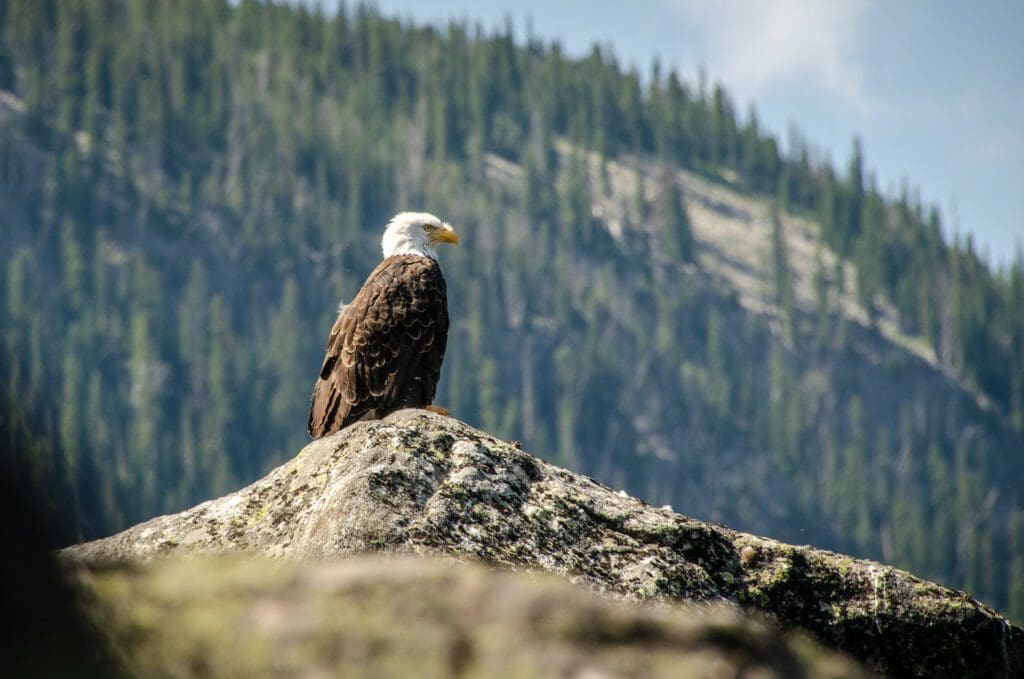
The conservation status of Bald Eagles has shifted greatly during the recent past. As of June 28, 2007 these birds were removed from the protection of the Endangered Species Act where they had been listed since 1978. Their population was negatively impacted in the early and mid- 1900’s by hunting, habitat destruction and the use of insecticides, such as DDT. The Bald Eagle Protection Act was put into effect in 1940, although their populations continued to decline throughout the 1950’s and 70’s.1
Bald Eagles are currently listed as a species of least concern according to the IUCN Red List of Threatened Species due to their increasing population and large range. Current and future threats to this species include contamination from coal power plants, Mercury poisoning and global climate change.1
Bald Eagles have been the national symbol of the United States since 1782. As a highly charismatic species, Bald Eagles draw bird watchers and other nature enthusiasts. Bald Eagles do not directly have a negative impact on humans. However, as a method of habitat management, buffer zones were established around their nesting sites, which limits human development in some areas.1
Bald Eagles and You
Have you seen a Bald Eagle in it’s natural environment? Tell us about it in the comments below!
Do you have a picture of these amazing creatures? Share it on social media with us and tag us in your post.
Use the hashtag:
#WildlifeOfTheWeek.
Interested in Wildlife Photography???
Check out this amazing beginners guide from National Geographic:
National Geographic Photo Basics The Ultimate Beginner’s Guide to Great Photography
The above links are provided in this article as affiliate links. Meaning, at no additional cost to you, we’ll earn a commission if you click one and make a purchase. An easy way to help support us if you’re going to buy anyway!
Learn more about all the amazing wildlife in our National Parks and how to safely “Watch Wildlife” on this amazing page with lots of resources from the National Park Service!
Want tips for photographing wildlife? Check out this great article for tips from the National Park Service.
Help support Discover Our Parks by becoming a Patron for as little as $1 a month! Your support will help us continue to provide articles like this and add even more information about our parks to this site.
If you want to make a one-time donation, buy us a coffee!
‘We got some of the above information from the following:
1: Animal Diversity Web – Haliaeetus leucocephalus – Bald Eagle
2: NPSpecies – Find Parks Where a Species is Found
Check out these recent posts from Discover Our Parks:
- The Isolated Black-bellied Salamander: Wildlife of the Week – 2023 Week 22
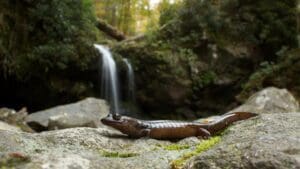
- The Splendid Sandhill Crane: Wildlife of the Week – 2023 Week 21
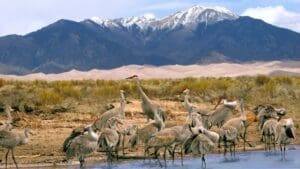
- The Promising Peregrine Falcon: Wildlife of the Week – 2023 Week 20
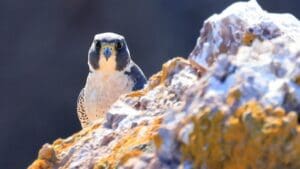
- The Intimidating Killer Whale: Wildlife of the Week – 2023 Week 19
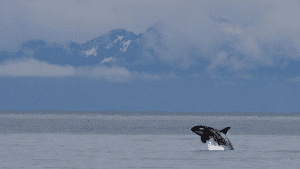
- The Swift Fox: Wildlife of the Week – 2023 Week 18
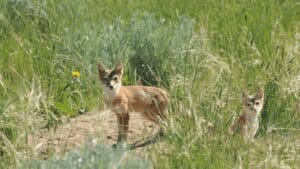
SPONSORED ADVERTISEMENT

